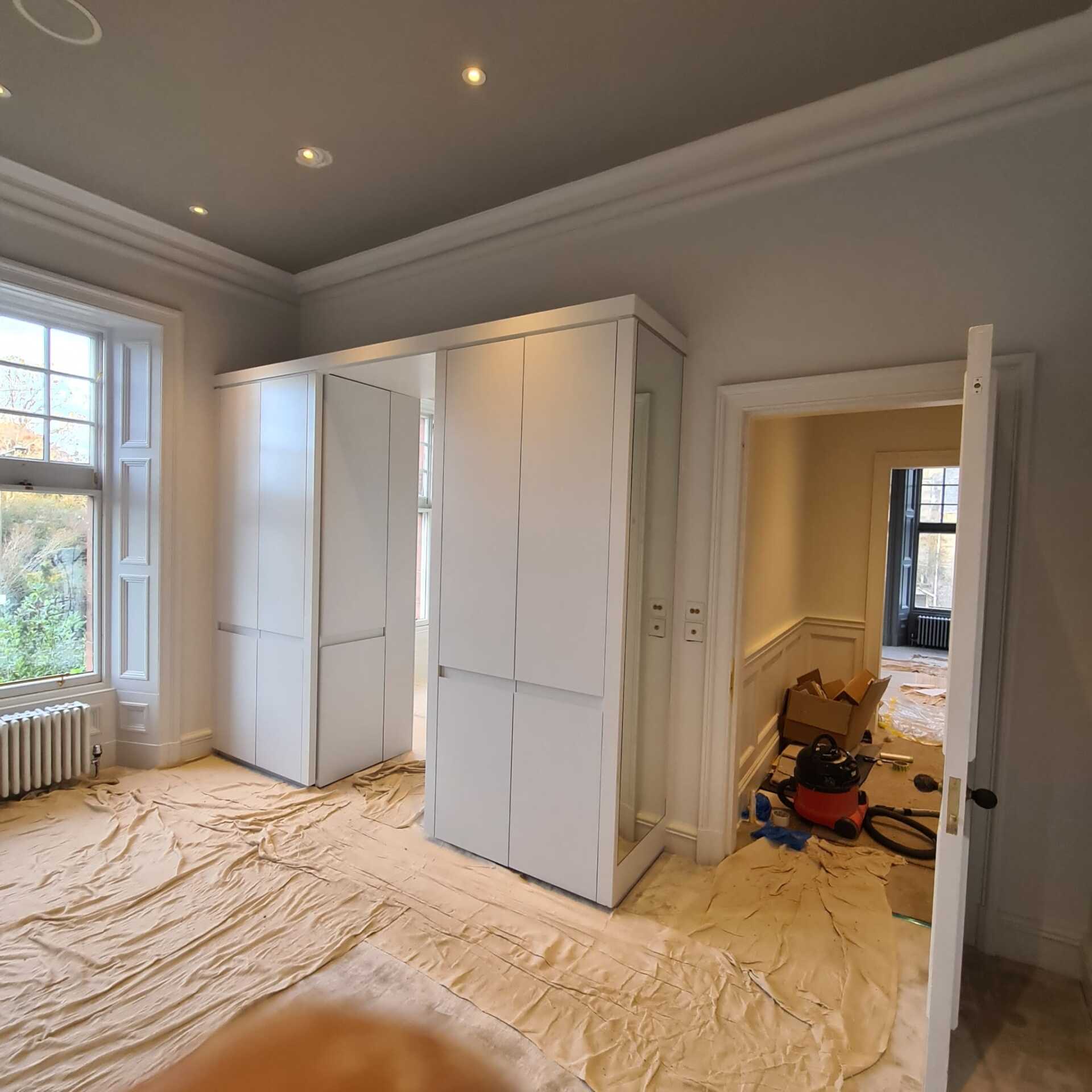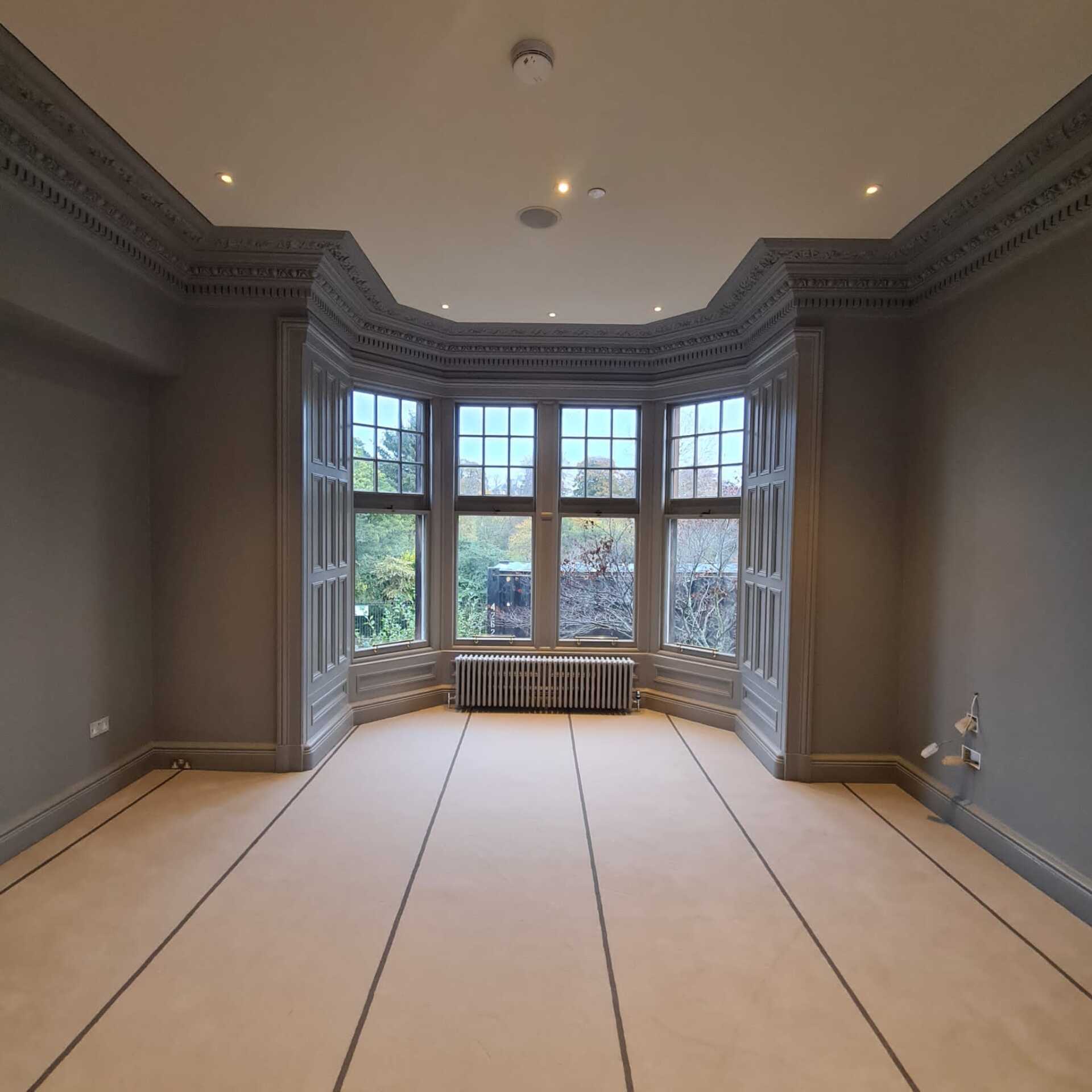Mastering Indoor Painting in the Cold: Tips for a Winter Wonderland Makeover
Introduction:
As the winter chill sets in, Painters and Decorators Edinburgh understand many homeowners find themselves contemplating indoor painting projects to refresh their living spaces. While the colder months may pose certain challenges, with the right approach, you can achieve stunning results. In this blog post, our painters and decorators in Edinburgh will explore practical advice on indoor painting during the cold weather, focusing on selecting the right paints, managing drying times, and addressing ventilation concerns.
Choosing the Right Paints:
- Low-Temperature Paints:
Opt for paints specifically formulated for low temperatures. These paints are designed to perform well in colder conditions, ensuring a smoother application and better adhesion to surfaces.
- Interior Paint with Low VOCs:
Choose interior paints with low volatile organic compounds (VOCs) to minimize indoor air pollution. Low-VOC paints are eco-friendly and contribute to better indoor air quality.
- Quality Primer:
Invest in a high-quality primer to enhance adhesion and promote an even finish. Primer acts as a foundation for the paint, especially important in cold weather when surfaces may be less receptive to paint.
Managing Drying Times:
- Temperature and Humidity Awareness:
Be mindful of the room's temperature and humidity levels. Colder temperatures can extend drying times, so plan accordingly. Using a heater in the room can help speed up the process, but avoid excessive heat that may compromise the paint's integrity.
- Slow-Drying Paint Additives:
Consider using slow-drying paint additives to extend the open time of the paint. This allows for smoother brush strokes and minimizes the risk of visible seams or lap marks.
- Paint in Smaller Sections:
Instead of tackling an entire room at once, paint in smaller sections. This approach ensures that you can manage the drying process more effectively and maintain a consistent finish throughout the project.
Addressing Ventilation Concerns:
- Proper Ventilation:
Adequate ventilation is crucial, even in cold weather. Open windows and doors periodically to allow fresh air to circulate, preventing the buildup of paint fumes. Use fans to promote air exchange in the room.
- Indoor Air Quality:
Consider using low- or no-VOC paints to minimize the impact on indoor air quality. If ventilation is limited, choose water-based paints that have fewer fumes compared to their oil-based counterparts.
- Ventilation Equipment:
Invest in ventilation equipment, such as exhaust fans or air purifiers, to maintain a healthy indoor environment. These devices can help disperse fumes and improve air circulation during and after the painting process.
Conclusion:
With a strategic approach, indoor painting projects during the colder months can be both successful and rewarding. By choosing the right paints, managing drying times effectively, and addressing ventilation concerns, you'll be well on your way to achieving a winter wonderland makeover for your home. Don't let the cold weather dampen your creativity—embrace it and transform your living spaces with confidence. Happy painting!
Contact Painters and Decorators Edinburgh for professional advice and your free competitive quote.
You might also like


